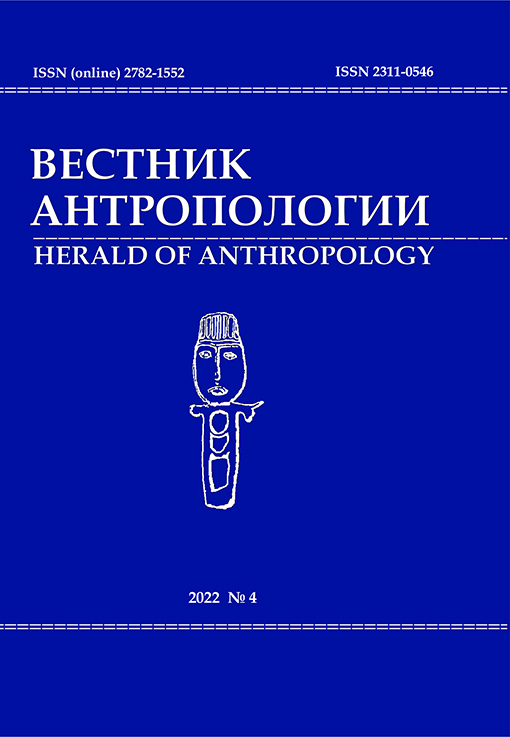Хиджаб в общественном пространстве и политическом дискурсе современной Франции
DOI: 10.33876/2311-0546/2022-4/123-145
Ключевые слова:
хиджаб, французское общество, исламская одежда, политические дискурсыАннотация
Начиная с 1980-х гг. в связи с ростом мусульманской общины, ее недостаточной интеграцией во французское общество, процессами реисламизации, все больше женщин в мусульманских платках стало появляться на улицах французских городов. Хиджабы стали видимым маркером мусульманской идентичности, символизируя вместе с тем весьма тревожные для французского общества процессы, — проявления гендерного неравенства, отход от принципа секуляризма, исламскую угрозу для демократии, и т. д. Внутренняя социокультурная динамика во Франции оказалась такова, что именно в вопросе секуляризма сконцентрировался целый узел насущных проблем, связанных с интеграцией мусульманских мигрантов. Внешним проявлением этих проблем явилась борьба вокруг вопроса о ношении исламских символов в общественном пространстве, начавшаяся с «дела о платках» во французских школах, где светскому воспитанию традиционно придается большое значение. Однако скоро этот вопрос вышел за пределы учебных заведений, тема хиджабов оказалась в центре напряженной социально-политической борьбы, в которой столкнулись представители разных убеждений — сторонников и противников запретов на ношение хиджабов, по-разному понимающих принцип секуляризма. Тема мусульманских платков оказалась составной частью весьма политизированных дискурсов: о миграции в целом, о смысле республиканского принципа светскости и свободы вероисповедания; о гендерном равенстве и виктимизации мусульманских женщин; о принципе единства нации и недопущения коммунитаризма; о дискриминации и «культурном расизме» по отношению к культурным нормам мусульман, недопустимости диктата в отношении вопросов одежды, в т. ч. принудительности политики снятия женских покрывал и т. д. Являясь одним из самых заметных символов ислама, хиджаб находится на границе социальных норм разных пространств: он видится как нормативный в мусульманском традиционном сообществе и как маргинальный для большинства французов, разделяющих ценности лаицизма (светскости). В статье предпринимается попытка очертить сложность политических и научных дискуссий по «делу о хиджабах», найти объяснение тому, что оно приобрело столь большой резонанс во французском обществе, вызвав принятие строгих законодательных мер в отношении мусульманских покрывал; а также сопоставить отношение к хиджабу тех, кто выступают сторонниками и противниками его ношения в повседневной жизни.






















